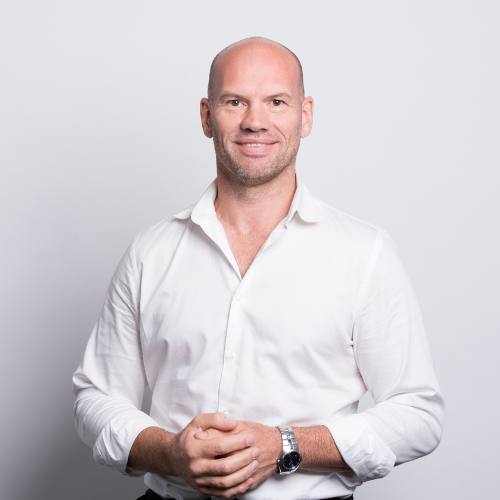Question
Why do I get dribble after urinating?
Answer
Dribbling a drop or two after having a wee is probably the most common of the many lower urinary tract symptoms (LUTS) that men experience. Other than the embarrassment it might cause, there’s probably nothing to worry about though, unless your after-dribble is associated with other urinary problems.
There’s a difference between after-dribble (your doctor would know it as postmicturition dribble) and terminal dribble, which is when your flow slows to a dribble before you finish your wee. After-dribble happens when you’ve finished your wee — you might even zip up and walk away from the toilet, and then a bit leaks out.
Lots of people refer to their urinary system as ‘the plumbing’ or ‘the water works’, but your urethra (the tube that carries urine from your bladder to the end of your penis) isn’t really like a pipe or a hose. Your urethra doesn’t usually stay open when there’s no urine flowing through it, so there’s not ‘always some left in the pipe’.
Your urethra starts at the base of your bladder and extends downwards, and then curves slightly upward (making a sort-of shallow J-shape) before it gets to the base of your penis. If the muscles around the lower part of the J-shaped bit (this is called the bulbous or bulbar urethra) don’t contract well, a bit of wee can remain there after you finish. Then when you move, it can get squeezed out.
If you get after-dribble regularly, it might help for you to do pelvic floor exercises to strengthen the muscles of your pelvic floor. Some people recommend pressing with your fingers just behind your scrotum and massaging forwards to move any wee out of your bulbous urethra when you finish urinating.
After-dribble is more of a bother for some people than others. It probably affects around 1 in 10 men, but it becomes more common as men age (like most LUTS). If you have any concerns or questions about after-dribble or any other problem with ‘the water works’, it’s best to see your doctor.












